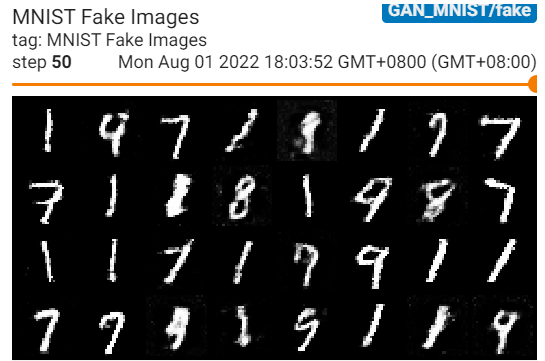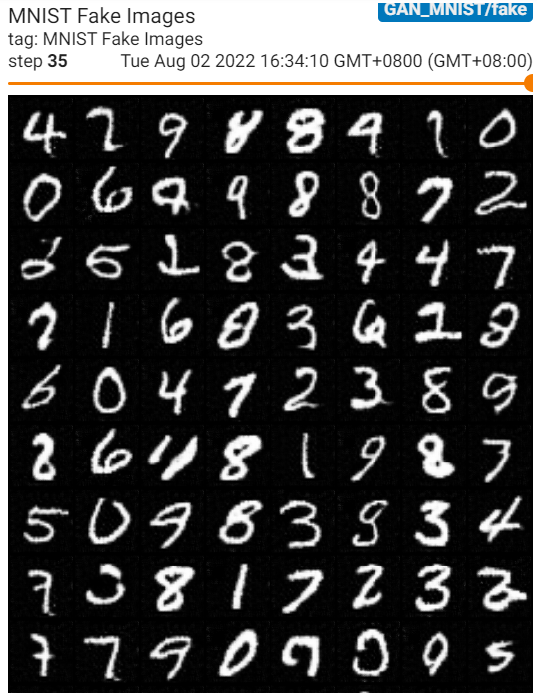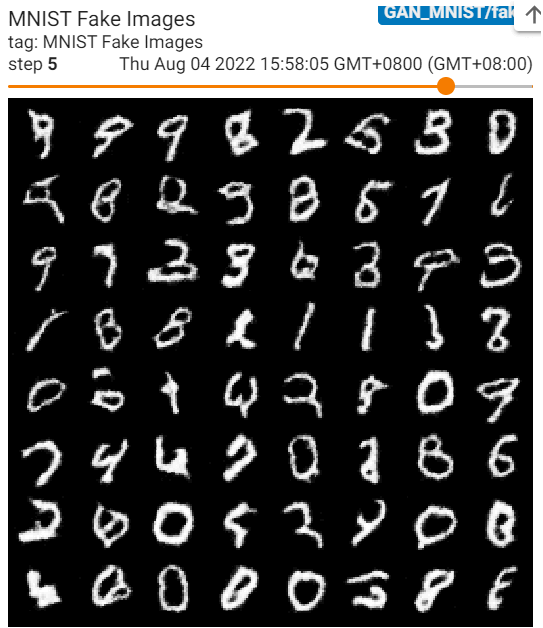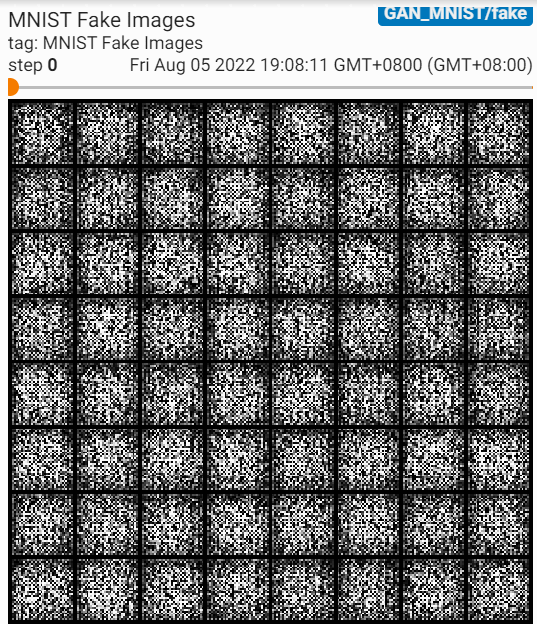Project: GAN Generation
· 2 min read
Backup of GAN Learning Project (August 2022)
[!NOTE] The project explores various GAN architectures and improvements through iterative versions.
[!IMPORTANT] This project is a personal learning exercise in understanding and implementing different GAN techniques.
This project re-implemented GAN, WGAN and conditional GAN and explored the typical problems that occurred with GAN-based architectures like mode collapse and sensitivity to hyperparameters.
References
- The YouTube video series "Generative Adversarial Networks (GANs)", Aladdin Persson, at https://www.youtube.com/playlist?list=PLhhyoLH6IjfwIp8bZnzX8QR30TRcHO8Va
Setups
Environment:
- Python version: 3.x
- Framework: PyTorch
- Dataset: MNIST
- Runned on Google Colab
Experiments
MNIST Digit Generation
Explored various GAN architectures:
- Standard GAN
- Wasserstein GAN (WGAN)
- Conditional WGAN
Key Experiments
- Experimented with different learning rates
- Observed the phoenomenon of mode collapse and the sensitivity of the GAN architecture to the learning rate
- Understanding the architecture of GAN, improvements made by WGAN, and also the principles of providing class conditions to GANs














